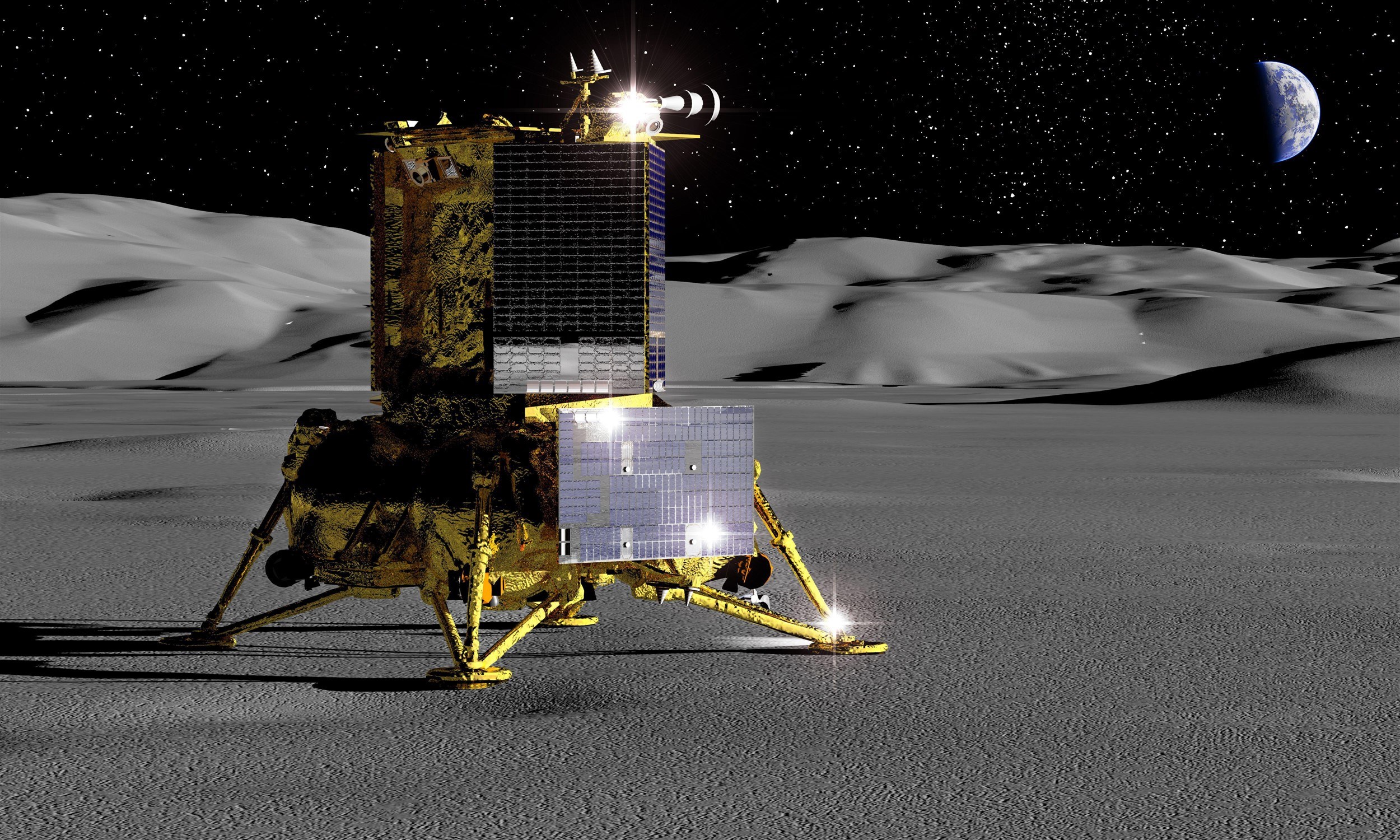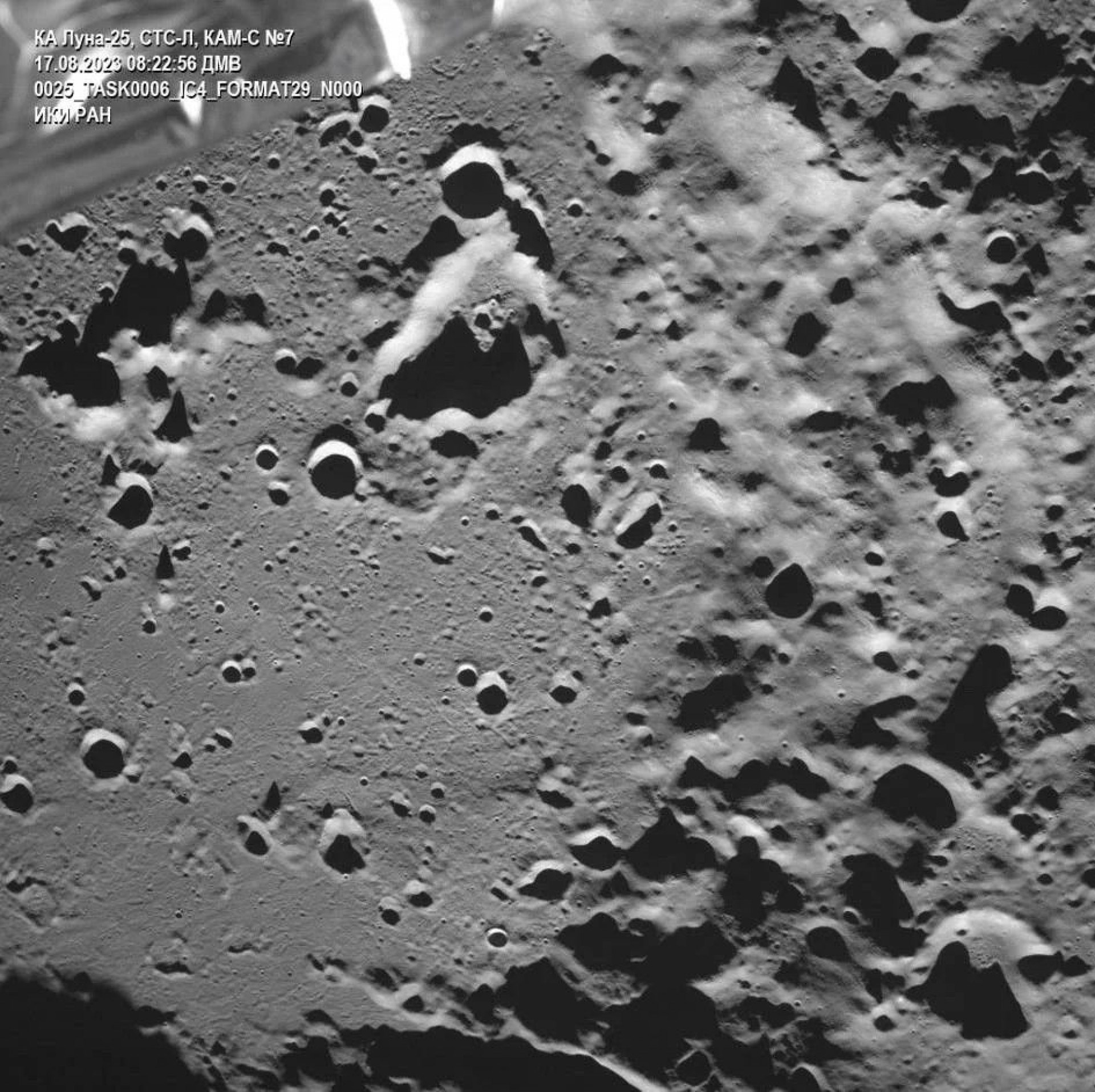 Luna-25, Russia’s first vehicle to land on the Moon in almost 50 years, sent an image of the Moon’s surface to Earth. The spacecraft captured this image as it orbited the Moon and prepared to make a soft landing on the Moon’s south pole. Russia’s space agency Roscosmos shared the image a while ago via a Telegram post.
Luna-25, Russia’s first vehicle to land on the Moon in almost 50 years, sent an image of the Moon’s surface to Earth. The spacecraft captured this image as it orbited the Moon and prepared to make a soft landing on the Moon’s south pole. Russia’s space agency Roscosmos shared the image a while ago via a Telegram post.Russia can achieve a first
Russia’s Luna 25 vehicle will land on the Moon’s south pole, where no country has landed before. However, it is a fierce race. Because India’s Chandrayaan-3 vehicle is currently orbiting the Moon and it is aiming to land on the south pole. Russia plans to land on August 21, while India is targeting August 23.
 The world’s leading space powers have their eyes on the Moon’s south pole because scientists believe there are pockets of icy water beneath the lunar soil and within shadowy craters. On the other hand, Luna-25 also captured the first detailed view of the lunar surface. Roscosmos officials said, “The image shows Zeeman, the south polar crater on the far side of the Moon. The coordinates of the center of the crater correspond to 75 degrees south latitude and 135 degrees west longitude.” said.
The world’s leading space powers have their eyes on the Moon’s south pole because scientists believe there are pockets of icy water beneath the lunar soil and within shadowy craters. On the other hand, Luna-25 also captured the first detailed view of the lunar surface. Roscosmos officials said, “The image shows Zeeman, the south polar crater on the far side of the Moon. The coordinates of the center of the crater correspond to 75 degrees south latitude and 135 degrees west longitude.” said.The Luna-25 will be Russia’s first spacecraft to land on the Moon since the 1976 Luna-24. If all goes as planned, the vehicle will search for icy water at the Moon’s south pole for a year and conduct a series of other scientific studies. The lander has eight instruments, including a laser mass spectrometer, to help it analyze the lunar soil, search for icy water, and probe the Moon’s incredibly thin atmosphere.
NASA also aims to reach the south pole of the Moon and establish a permanent colony on the Moon with the Artemis program. The Artemis III mission is currently scheduled for 2025 and will be the first crewed Moon landing since Apollo 17 in 1972.